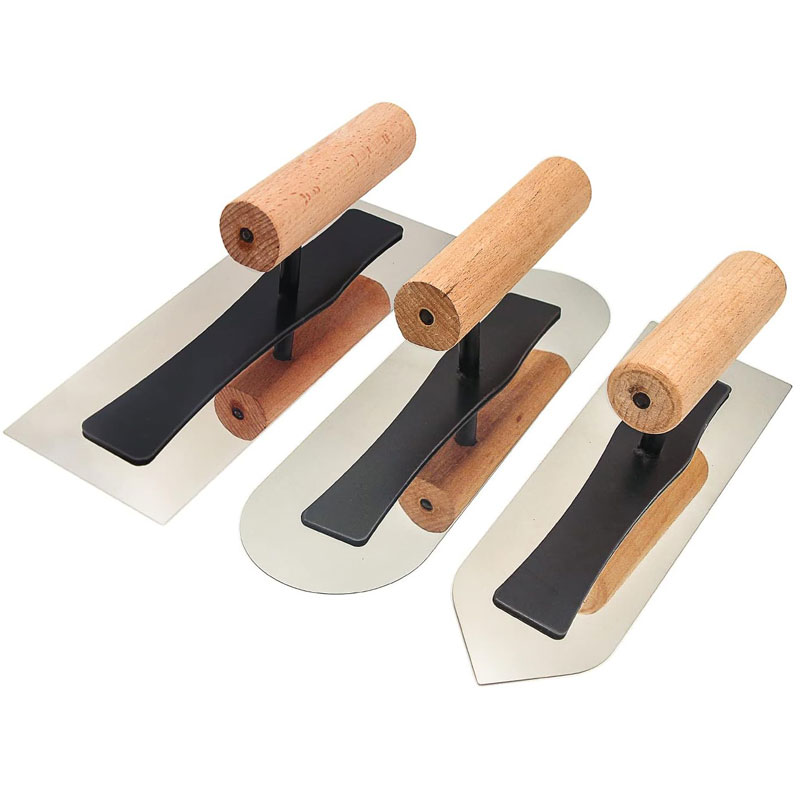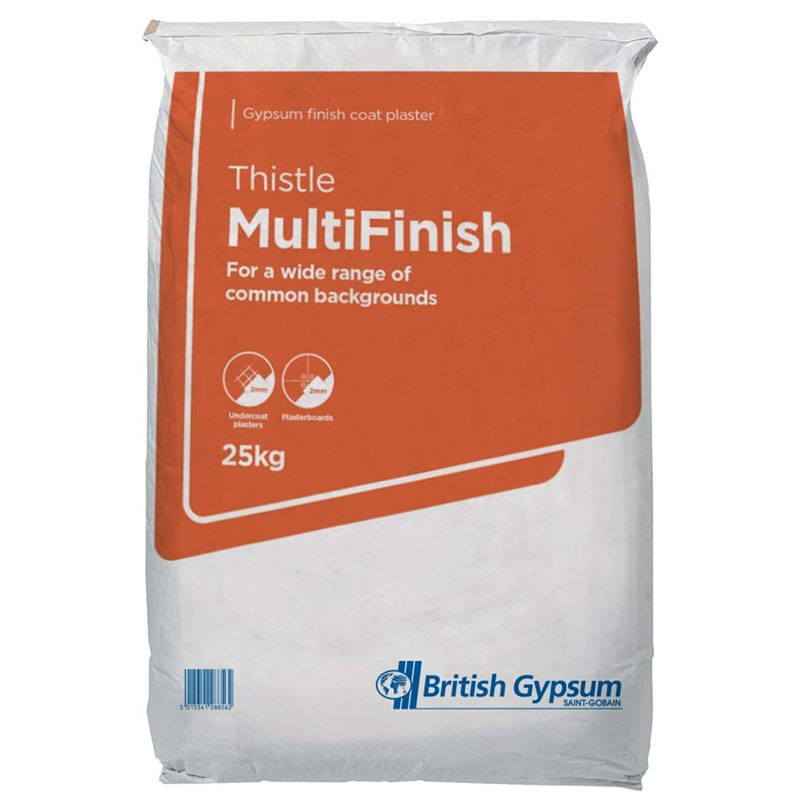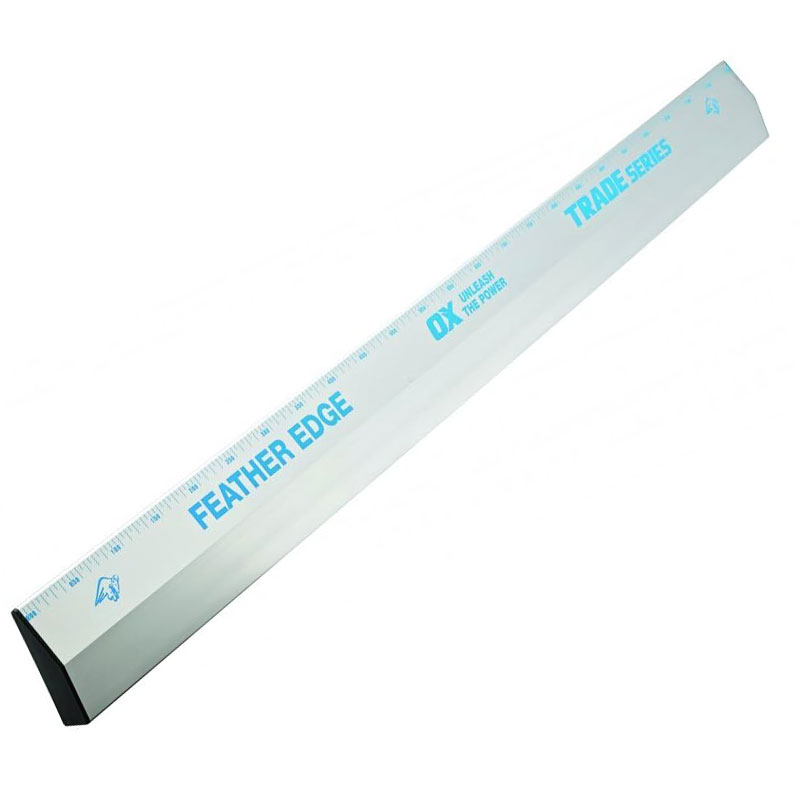Types of plaster and plastering techniques you need to know when finishing off your home renovation
There are many different types of plaster and plastering techniques, each with their own pros and cons – here we take a look at the main options for your walls
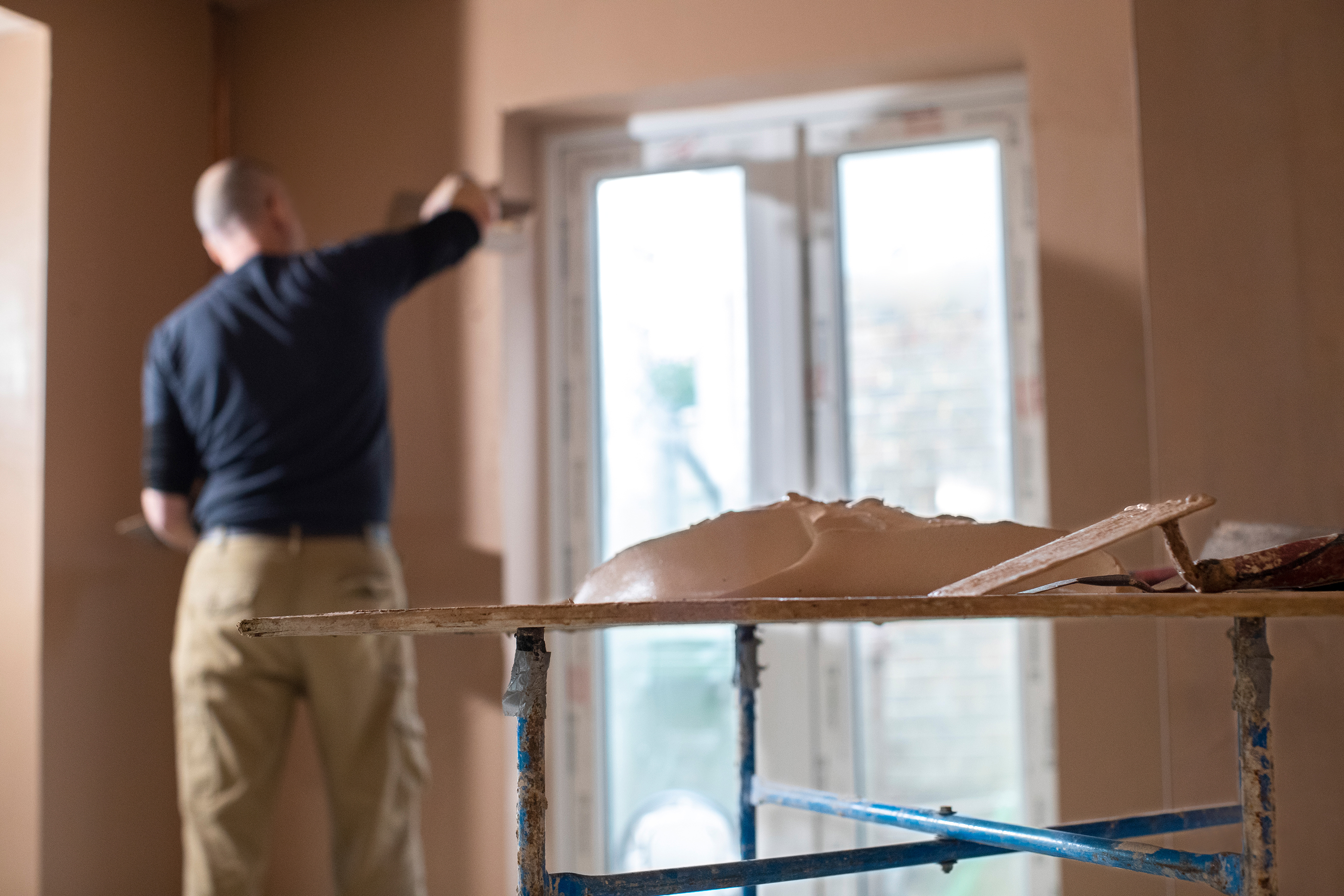
If you are in the final stages of a self build or renovation project then it is highly likely that you will be thinking about the different types of plaster and plastering techniques on offer.
Plastering walls is a job that is usually best left to the professionals, but that doesn't mean you shouldn't do your research when it comes to which type of plaster and plastering style will be best for your home. Some will be more suited to certain types of property than others, and it really does pay to get it right.
As well as checking that the type of plaster and plastering technique you are using is suitable for the type of house you have, it is also interesting to note that some plaster types are better than others for particular wall structures and applications.
Here, we take a look at the types of plaster you are most likely to come across and explain which works best where.
Types of plaster and plastering techniques
While plastering the walls of your home might seem a fairly basic task, there is actually scope to alter the look of a space by choosing different types of plaster and plastering techniques.
But it isn't just the look either. Sometimes different plasters and plastering techniques are needed for practical reasons. For instance, lime plastering might be required in older properties to ensure walls can breathe and not become damp.
Below are the key options available, with Thomas Goodman, a construction expert for MyJobQuote, explaining how they are used, how they are applied and how much they cost.
Bring your dream home to life with expert advice, how to guides and design inspiration. Sign up for our newsletter and get two free tickets to a Homebuilding & Renovating Show near you.

Thomas Goodman has worked as a property and construction expert for MyJobQuote for six years and has worked in the construction industry for over twenty years. Thomas continues to work on building projects while providing expert construction and property advice to industry professionals and DIY enthusiasts.
1. Gypsum plaster
Gypsum plaster is one of the most common types of plaster used in the interior of homes. It’s often used in conjunction with plasterboard, but can also be used over existing plaster.
“Gypsum plaster is typically applied in a single, thin layer as a finishing coat on walls and ceilings," explains Thomas Goodman. "As it’s a quicker process and uses fewer materials than fully replastering a room, it usually works out cheaper.”
“You can expect to pay between £15 and £25 per m2 to skim a room with gypsum plaster,” he adds. Alongside being budget-friendly, Gypsum plaster is also durable and fire-resistant, and it has the ability to produce a really smooth finish, making it ideal for painting new plaster.
Thomas shares how it is typically applied: “A skim coat of gypsum plaster is typically done with a finishing trowel, which has a thinner blade than standard trowels.” But there are different options.
“Professionals covering large areas sometimes use a speed skimming tool, which is a bit like a flexible ruler," says Thomas. "A sponge float (like this Orange Soft Rubber 18mm Sponge Float from Amazon) is another tool that’s commonly used to smooth over the plaster and achieve a flawless finish.”
You will also notice, when shopping around for gypsum-based plaster, a number of terms relating to how they should be used. Types of gypsum plaster include:
- Browning plaster: This is used as an undercoat, designed to be applied to the wall before a finish coat (skim coat). It is ideal for use on absorbent surfaces such as bricks.
- Bonding plaster: This is similar to browning plaster and is used before a final coat is applied. However, it tends to be more popular as it doesn't rely on an absorbent surface and has amazing sticking ability.
- Thistle plaster: This brand name from British Gypsum but has become shorthand for a finish coat and can be used on plasterboard, or as part of a two-coat system.
- Carlite plaster: Also used as a finishing coat and suitable for a wide range of substructures, this type of plaster takes longer to set than Thistle.
- Hardwall plaster: Another plaster used as an undercoat, it is best used for masonry backgrounds in sound condition.
- One-coat plasters: These can be used as both an undercoat and a final finish. They tend to be thicker than other types of plaster and are best used for smaller repair jobs as opposed to entire walls. (Unlike the gypsum-based one-coat plasters, there are now one or two lime-based plasters on the market designed to cut down on the longer curing times usually associated with lime. These are still breathable but have a few added ingredients such as chalk and sand.)
Try these tools for plastering walls
2. Cement and sand plaster
Cement plaster is another common type of plaster that is typically applied to bare walls.
Unlike lime and gypsum plaster, cement plaster is made from sand, cement and water, usually mixed up on site.
Thomas Goodman adds that often in addition to cement and sand, sometimes lime is also included. “Usually, two thick coats are applied to bare walls to help even them out, and this is done using a standard plastering trowel and hawk (like this Draper ABS Plasterers Hawk from Amazon).”
Its quick setting times and lower cost make it a popular option, but it is important to note that it is harder to achieve a smooth surface with cement plaster than with gypsum. For this reason a gypsum plaster will commonly be applied on top.
The fact that cement plaster is not as breathable or flexible as lime also makes it unsuitable for period homes.
That said, the advantage of cement plaster is that it is durable, helps strengthen walls and boosts warmth and soundproofing, as well as creating a smooth surface. Price wise, “it typically costs between £20 and £30 per m2 to fully plaster a room,” says Thomas.
3. Traditional lime plaster
Lime plaster is a traditional, durable and breathable plaster that is typically used in older homes. “It helps ensure that moisture can escape through the walls,” explains Thomas Goodman, adding how, “it’s also used in listed buildings and on conservation projects where traditional materials must be used.”
“The mix usually consists of lime, sand and water. Hairs or fibres are also added to help strengthen the plaster. It is usually applied in layers, with a finer lime plaster used as the finishing coat.”
But, “it’s not as commonly used as cement and gypsum and involves a specialist set of skills," notes Thomas. "Therefore, you can expect to pay between £50 and £100 per m2 to get your rooms lime plastered.”
Lime plaster is commonly applied in three coats; the first is a scratch coat applied with a trowel. When this coat has been marked (or scratched to help adhesion), dried and brushed down, it needs to be dampened before applying the next coat. The final coat is applied with a trowel, much like adding a skim coat.
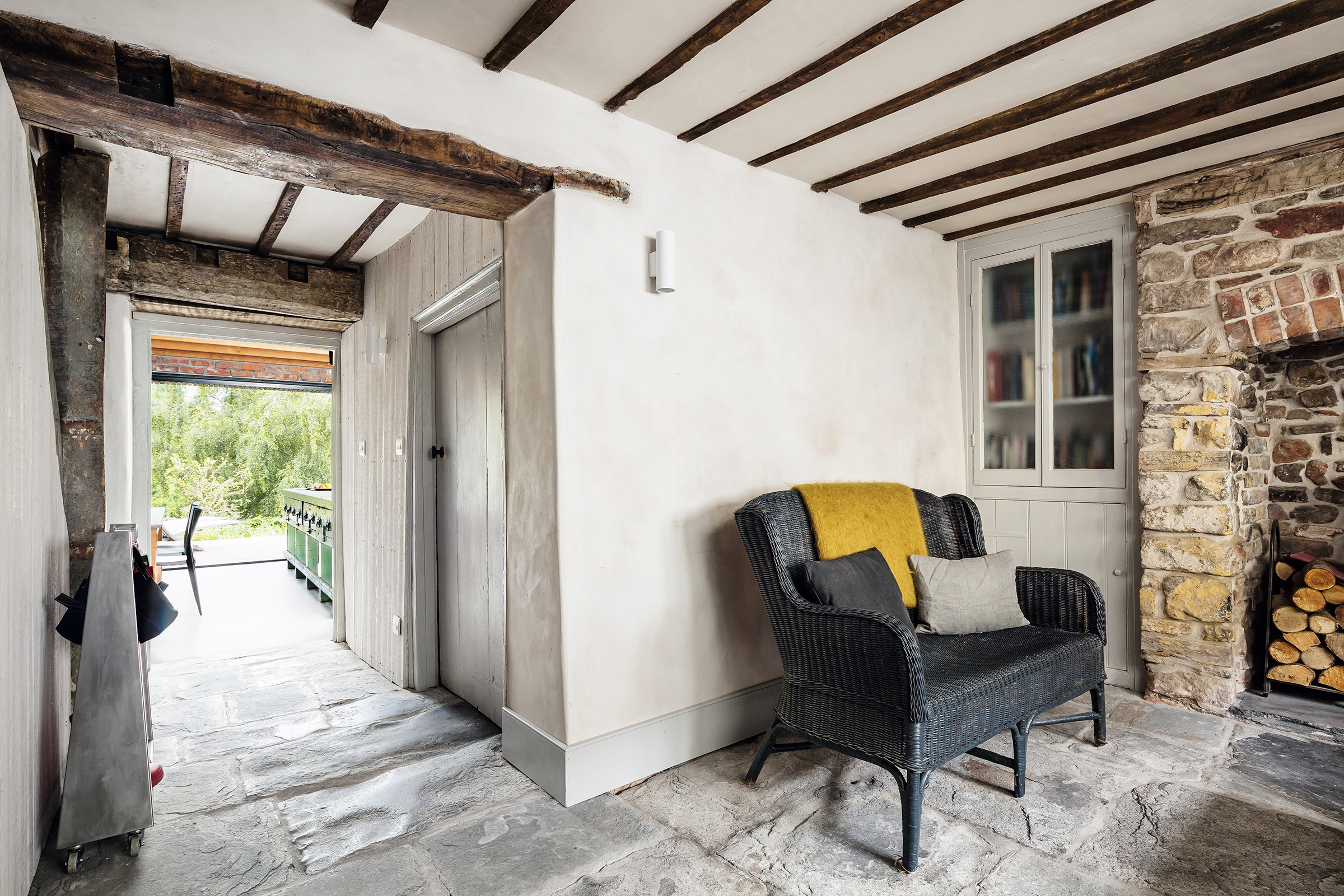
4. Clay plaster
Thanks to a renewed interest in traditional and natural types of plaster in recent years, clay plaster is currently seen as very on trend in all kinds of property, old and new alike.
Clay plaster uses natural clay as the primary binding element before being combined with aggregates and natural fibres.
Its warm, natural tones make it a decorative plaster that is often left in its natural state for feature walls. However, it can be coloured says Thomas Goodman. “Colours can be added to the mix to give you the exact finish you’re after, saving the need for painting.”
“Clay does cost more than standard gypsum finishes," he adds, "however, as it’s designed to be left unpainted, so you won’t have additional decorating costs to worry about.” Expect to pay between £30 and £80 per m2.
It is typically applied with a steel trowel in a similar fashion to lime plaster, with a base cost and either one or two coats to finish. It is often finished with a Japanese finishing trowel to polish the plaster and remove trowel marks. They are commonly available in stainless steel and plastic.
Although it is a great option, clay plaster is not suitable for areas that will regularly be exposed to water such as showers or behind sinks.

5. Venetian Plaster
Another traditional type of plaster, like clay and lime, Venetian plaster is a hugely popular finish for internal walls right now.
It is made from fired limestone and water, with no aggregates in the mix. It is finished with a primer and a wax coat and has a beautiful, natural appearance.
On the downside, Venetian plaster isn't cheap and often needs a specialist to apply it.
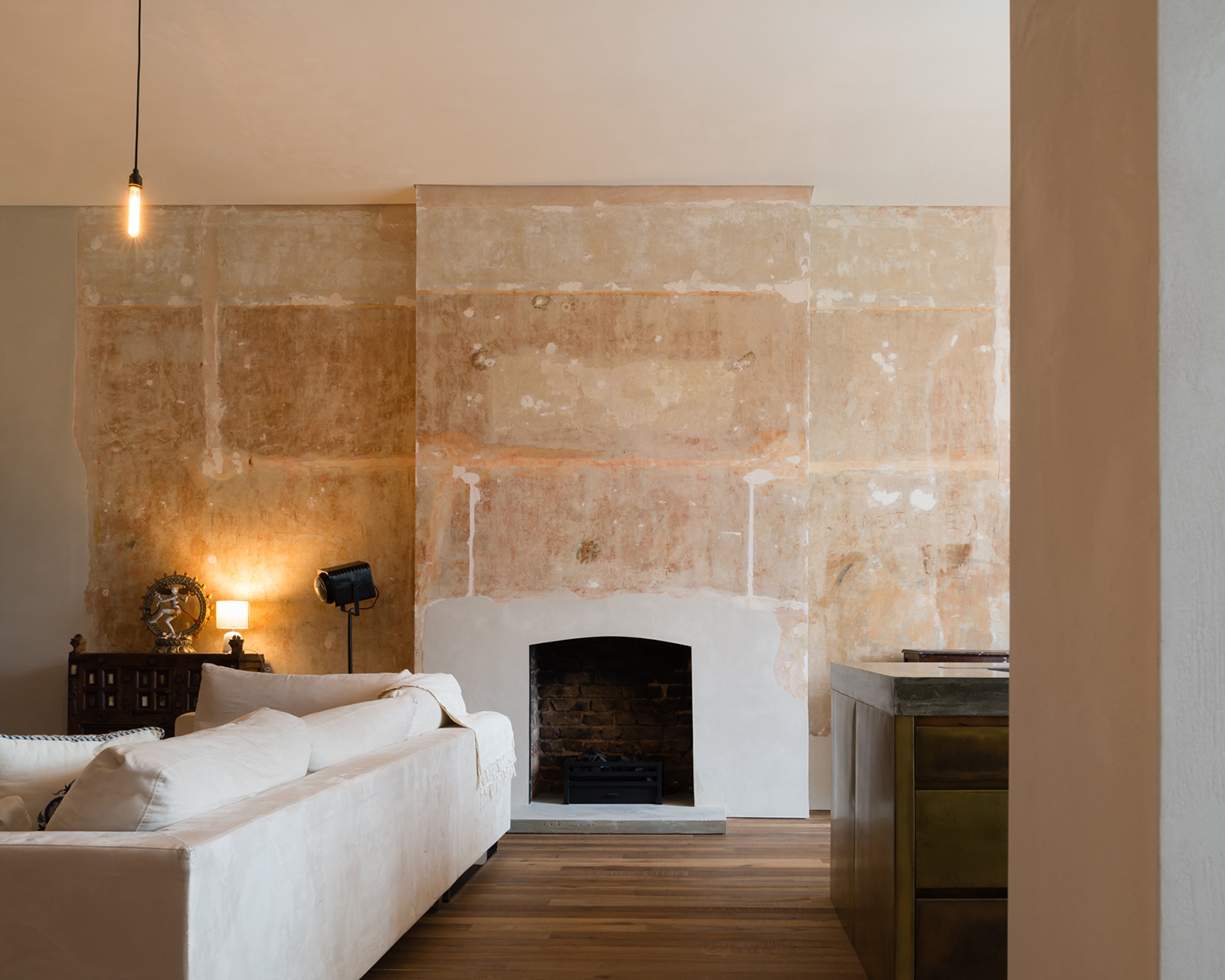
6. Tadelakt Plaster
Tadelakt is a natural, lime-based plaster that comes from the Marrakech region of Morocco, and is one of the oldest plastering techniques in the world.
Its specialised application process includes ramming, polishing and treating with soap to help produce its unique natural organic appearance. An eco-friendly option, Tadelakt is well-known for its durable and water-resistant qualities, which also make it resistant to mould and mildew.
It gives a beautiful, natural, rustic finish that suits both traditional and contemporary interior schemes. It is perfect for all kinds of applications, including wet rooms and kitchens.
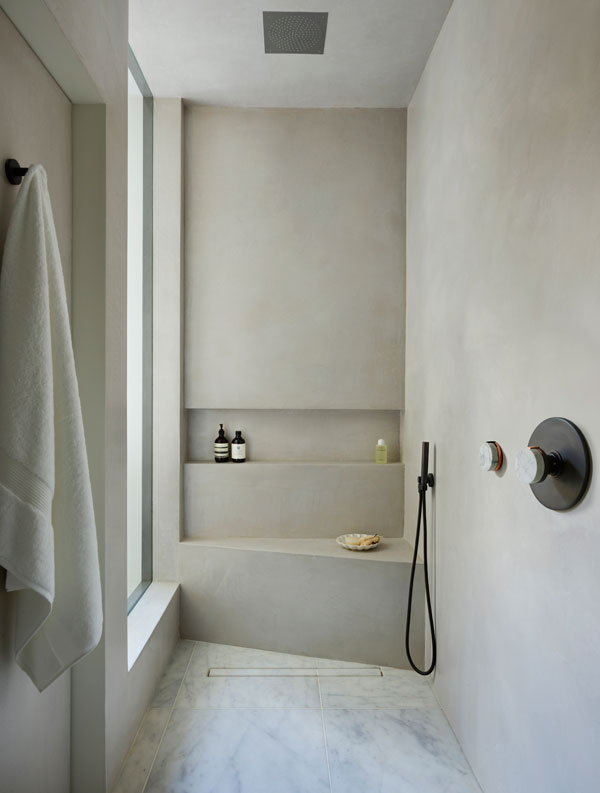
7. Marmorino Plaster
Another lime-based plaster, Marmorino is made from lime putty, primarily slaked lime, and ground marble.
It can be applied in a number of ways to product a variety of effects, from matt to glossy and even to look like natural stone or polished marble.
8. Stucco plastering
Also known as render in the UK, Stucco plastering is a decorative coating commonly used on walls to create a unique and attractive finish.
The big benefit of Stucco plastering is its flexibility and durability, which makes it a good choice for interior and exterior projects. More commonly used externally, it can be finished in a mixture of finishes. These range from smooth to a wide variety of textured styles. To enhance Stucco, it can be tinted with various natural colours or painted with a masonry paint (like this Sandtex Ultra Smooth masonry paint from Amazon).
FAQs
What is the difference between plastering and skimming?
Plastering is about applying plaster to a bare wall, explains Thomas Goodman. “The conventional method is to apply a base coat of sand and cement to the brick, stone or block walls.”
There are commonly two or three coats applied. The first coat is often referred to as a scratch coat. “Lines are scratched into the first coat to help the second coat adhere to it,” explains Thomas. To finish and achieve smooth walls, "a final coat of finishing plaster is applied. Typically, this is a gypsum-based plaster.”
Skimming refers to the application of finishing plaster. For walls that are already plastered but lack the smoothness of a freshly skimmed wall, a thin coat (typically 1-2mm) of finishing plaster is added. “This prepares them for decorating,” shares Thomas. “Skimming is also carried out on plasterboard or drywall to achieve a nice, smooth finish,” he adds.
What is the difference between multi-finish and finishing plaster?
Multi-finish plaster offers a clue in its name. It is a more flexible version of finishing plaster and can be applied to bare bricks and blocks as well as existing plaster and plasterboard. Finishing plaster is slightly finer and is typically used as the final coat to help create a smooth finish ready for painting or wallpaper.
What is the best type of plaster for skimming?
Gypsum plaster is the most commonly used plaster for skimming. It is used on plasterboard, finishing off newly plastered walls and adding a smooth finish to smoothing to previously plastered walls. “This is because it’s quick drying and easy to work with and creates a smooth, flaw-free finish," explains Thomas Goodman.
"However, it’s not particularly breathable" he adds, "so in older homes where moisture can bean issue, a traditional lime plaster is often a better choice. A fine lime plaster is used for the finishing coat to create a smooth surface, but it does have a more textured appearance than gypsum."
When plastering walls, you need to choose the right type of plaster, but you also need to consider costs and finishes. Check out our articles on how much to plaster a room, painting over new plaster, and how to find a good plasterer if you're not planning to do it yourself.
Natasha was Homebuilding & Renovating’s Associate Content Editor and was a member of the Homebuilding team for over two decades. In her role on Homebuilding & Renovating she imparted her knowledge on a wide range of renovation topics, from window condensation to renovating bathrooms, to removing walls and adding an extension. She continues to write for Homebuilding on these topics, and more. An experienced journalist and renovation expert, she also writes for a number of other homes titles, including Homes & Gardens and Ideal Homes. Over the years Natasha has renovated and carried out a side extension to a Victorian terrace. She is currently living in the rural Edwardian cottage she renovated and extended on a largely DIY basis, living on site for the duration of the project.
